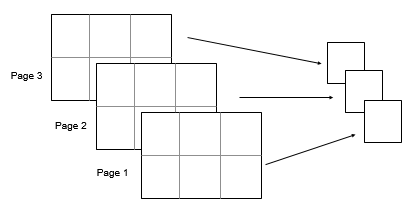std
Standard deviation
Syntax
Description
S = std(A)A along the first array dimension
whose size is greater than 1. By default, the standard deviation is normalized by
N-1, where N is the number of
observations.
If
Ais a vector of observations, thenSis a scalar.If
Ais a matrix whose columns are random variables and whose rows are observations, thenSis a row vector containing the standard deviation corresponding to each column.If
Ais a multidimensional array, thenstd(A)operates along the first array dimension whose size is greater than 1, treating the elements as vectors. The size ofSin this dimension becomes1, while the sizes of all other dimensions are the same as inA.If
Ais a scalar, thenSis0.If
Ais a0-by-0empty array, thenSisNaN.If
Ais a table or timetable, thenstd(A)returns a one-row table containing the standard deviation of each variable. (since R2023a)
S = std(A,w)w = 0 (default), the standard
deviation is normalized by N-1, where N is the
number of observations. When w = 1, the standard deviation is
normalized by the number of observations. w also can be a weight
vector containing nonnegative elements. In this case, the length of
w must equal the length of the dimension over which
std is operating.
S = std(A,w,vecdim)vecdim when w is 0 or 1. For example, if
A is a matrix, then std(A,0,[1 2]) returns
the standard deviation over all elements in A because every
element of a matrix is contained in the array slice defined by dimensions 1 and
2.
S = std(___,missingflag)A for any
of the previous syntaxes. For example, std(A,"omitmissing")
ignores all missing values when computing the standard deviation. By default,
std includes missing values.
[
also returns the mean of the elements of S,M] = std(___)A used to calculate the
standard deviation. If S is the weighted
standard deviation, then M is the weighted
mean.



